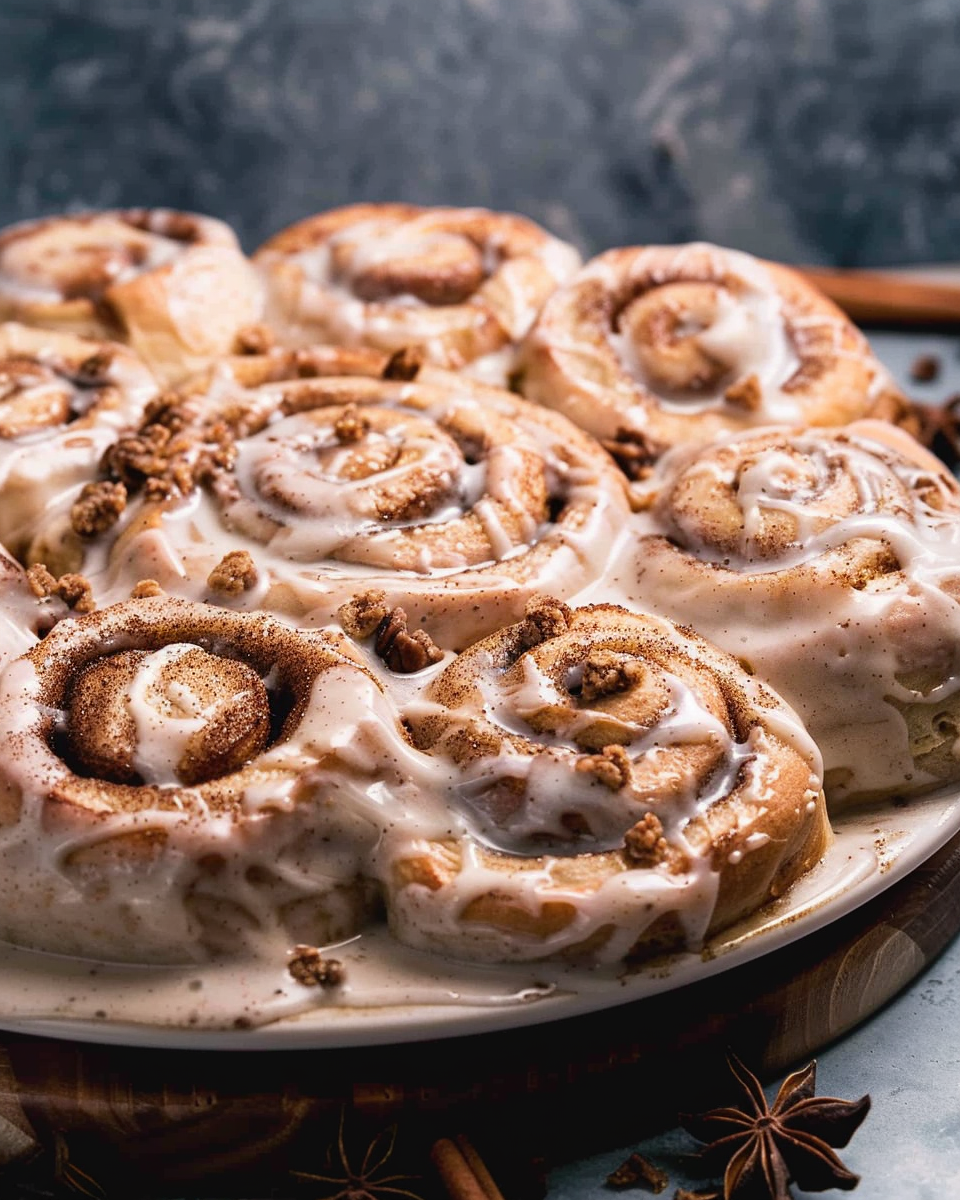Indulge in the delightful fusion of French toast and muffins with our Cinnamon Sugar French Toast Muffins recipe. These bite-sized treats are perfect for breakfast, brunch, or even a sweet snack any time of the day. Packed with warm cinnamon flavor and a hint of nutmeg, these muffins are sure to become a family favorite. Plus, they’re incredibly easy to make with just a few simple ingredients.
Ingredients:
6 slices of your favorite bread, cubed
3 eggs
1 cup of milk
1/4 cup of granulated sugar
1 teaspoon of vanilla extract
1 teaspoon of ground cinnamon
1/4 teaspoon of ground nutmeg
1/4 cup of melted butter
Additional melted butter for brushing
Additional cinnamon sugar for sprinkling
Instructions:
Preheat your oven to 350°F (175°C) and prepare a muffin tin by greasing it or lining it with paper liners.
In a large bowl, whisk together the eggs, milk, granulated sugar, vanilla extract, ground cinnamon, and ground nutmeg until well combined.
Add the cubed bread to the egg mixture and toss until all the bread is evenly coated.
Drizzle the melted butter over the bread mixture and toss again to combine.
Spoon the bread mixture into the prepared muffin tin, filling each cup to the top.
Bake in the preheated oven for 20-25 minutes, or until the muffins are golden brown and set.
Remove the muffins from the oven and allow them to cool slightly in the tin.
Brush the tops of the muffins with additional melted butter and sprinkle them with cinnamon sugar for an extra touch of sweetness.
Serve the cinnamon sugar French toast muffins warm and enjoy!
Serving Tips:
Warm and Fresh: Enjoy these Cinnamon Sugar French Toast Muffins while they are still warm from the oven for the ultimate comfort treat.
Garnish Options: Sprinkle some extra cinnamon sugar on top before serving to add a delightful crunch and extra sweetness.
Pairing Suggestions: Serve these muffins alongside a cup of hot coffee, a refreshing glass of milk, or a fruity smoothie for a well-rounded breakfast or snack.
Storage Tips:
Airtight Container: Store any leftover muffins in an airtight container at room temperature to maintain their freshness.
Reheating: Reheat individual muffins in the microwave for about 15-20 seconds or until warmed through before serving.
Freezing Option: These muffins can also be frozen for longer storage. Place them in a freezer-safe container or bag, and they can last for up to a month. To thaw, simply leave them at room temperature for a few hours or overnight in the refrigerator, then reheat as desired.
Related Recipes:
FAQs:
Can I use a different type of bread for this recipe?
Absolutely! While the recipe suggests using cubed bread, you can experiment with various bread types to suit your preference. Brioche and challah bread are recommended for their rich flavor and soft texture, but feel free to try whole wheat, sourdough, or even gluten-free bread for a different twist.
How do I know when the muffins are done baking?
The muffins are ready when they turn golden brown on top and are firm to the touch. You can also insert a toothpick into the center of a muffin—if it comes out clean or with a few crumbs attached, they’re done. Avoid overbaking to keep the muffins moist and tender.
Can I make these muffins ahead of time?
Yes, you can prepare the muffins ahead of time and store them for later. Simply follow the recipe instructions, bake the muffins, and allow them to cool completely. Once cooled, store them in an airtight container at room temperature for up to 2 days. Reheat them in the microwave before serving for a warm and delicious treat.
Are these muffins suitable for special dietary needs?
While this recipe contains common ingredients like bread, eggs, milk, and butter, you can easily adapt it to suit specific dietary preferences or restrictions. For example, you can use dairy-free milk alternatives such as almond milk or soy milk and substitute the butter with a plant-based alternative. Additionally, gluten-free bread can be used to make these muffins gluten-free. Always double-check ingredient labels to ensure they meet your dietary requirements.
Conclusion:










